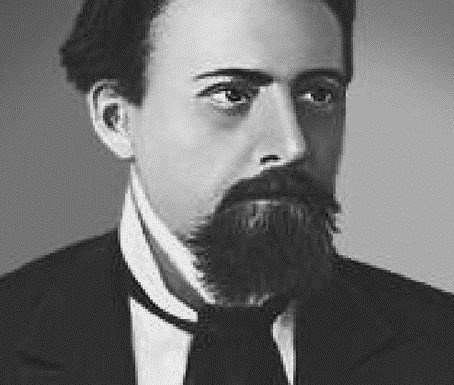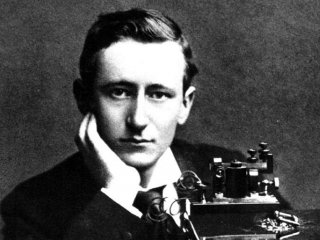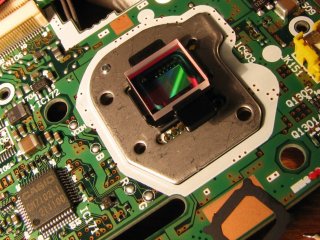
It is said that Dmitri Mendeleev lamented that the revolutionary movement took away two of his outstanding students. One of them was Aleksandr Ulyanov. The other was Nikolai Kibalchich.
The son of a priest in the Chernigov Governorate, he is identified in the Great Soviet Encyclopedia first as a revolutionary and a member of the Narodnaya Volya organization, and only second as an inventor. Although it was his inventive talent and ability that his fellow Narodnaya Volya revolutionaries used so widely. Nikolai Kibalchich invented and engineered the throwing implements filled with blasting gelatin that put an end to the long hunt of the Narodnaya Volya for Alexander II.
He was arrested seventeen days later. Kibalchich did not deny his involvement: he did make the bomb. At the hearing, a military expert expressed a high opinion of the bombs engineered by Kibalchich.
He remained in prison for just over two weeks. On April 15 (New Style), 1881, the 27-year-old Nikolai Kibalchich was hanged on the parade square of the Semyonovsky Regiment together with other Pervomartovtsy.
But over these two weeks the brilliant Kibalchich managed to write his name in the history of science.
It is almost impossible to believe, but he created the original design of a manned jet air-navigating apparatus. The Great Soviet Encyclopedia details that Kibalchich examined the design of powder rocket engine, controlling the flight by changing engines angle, routine combustion mode, ensuring apparatus stability, and so on. Commentary that Kibalchich attached to his project, which he developed within an extremely short timeframe, reads as follows, “If... my idea, after a careful review by expert scientists, will be deemed feasible, I will be happy to have provided a huge service to my motherland and to the humankind.”
No other scientist during Kibalchich's time or immediately after his death saw his design of the rocket. It was considered ill-timed: the manuscript was sealed in an envelope and attached to his case file. It only was unsealed and published under a new government, in 1918. And many of Kibalchich's ideas were confirmed by life itself and the subsequent course of development of space technology.























